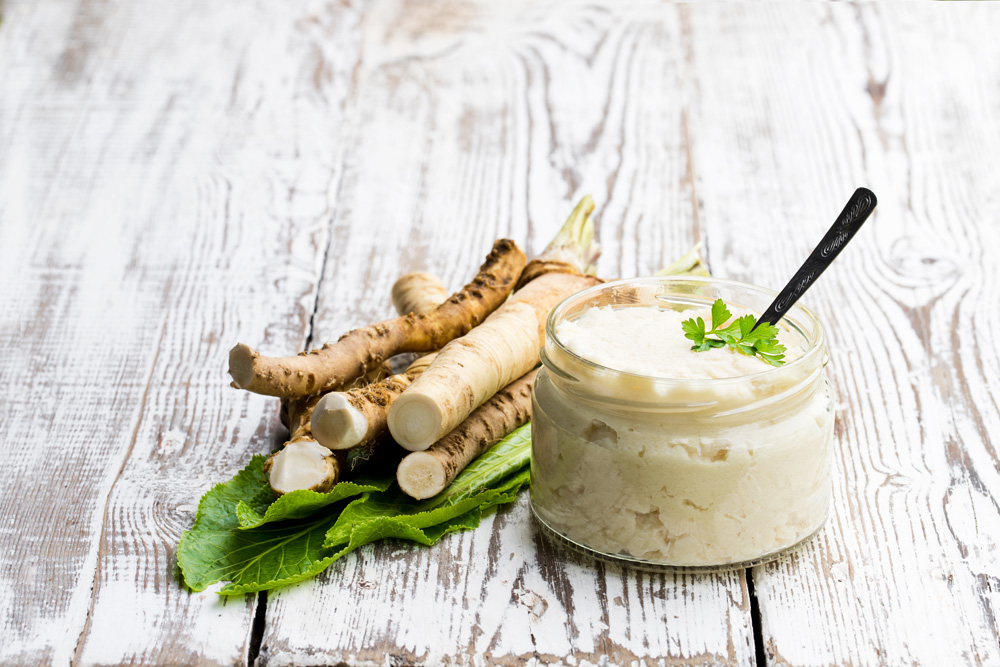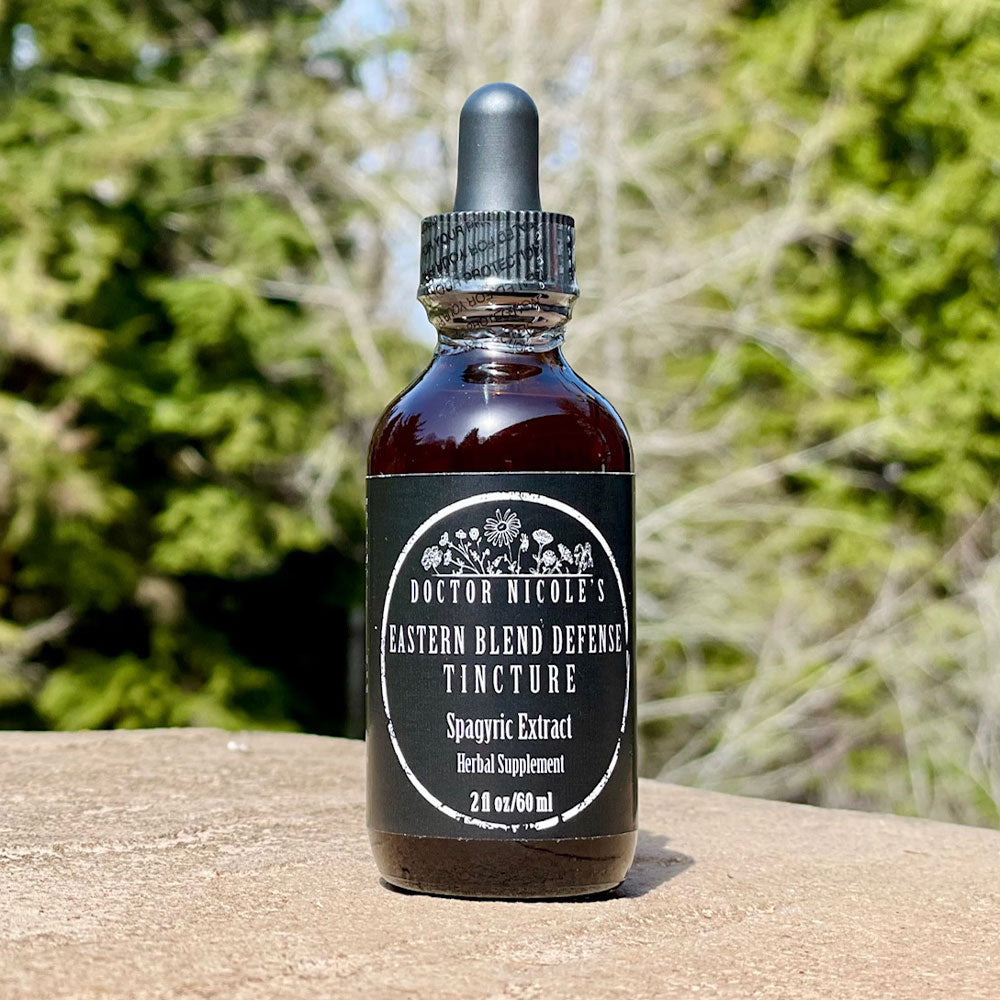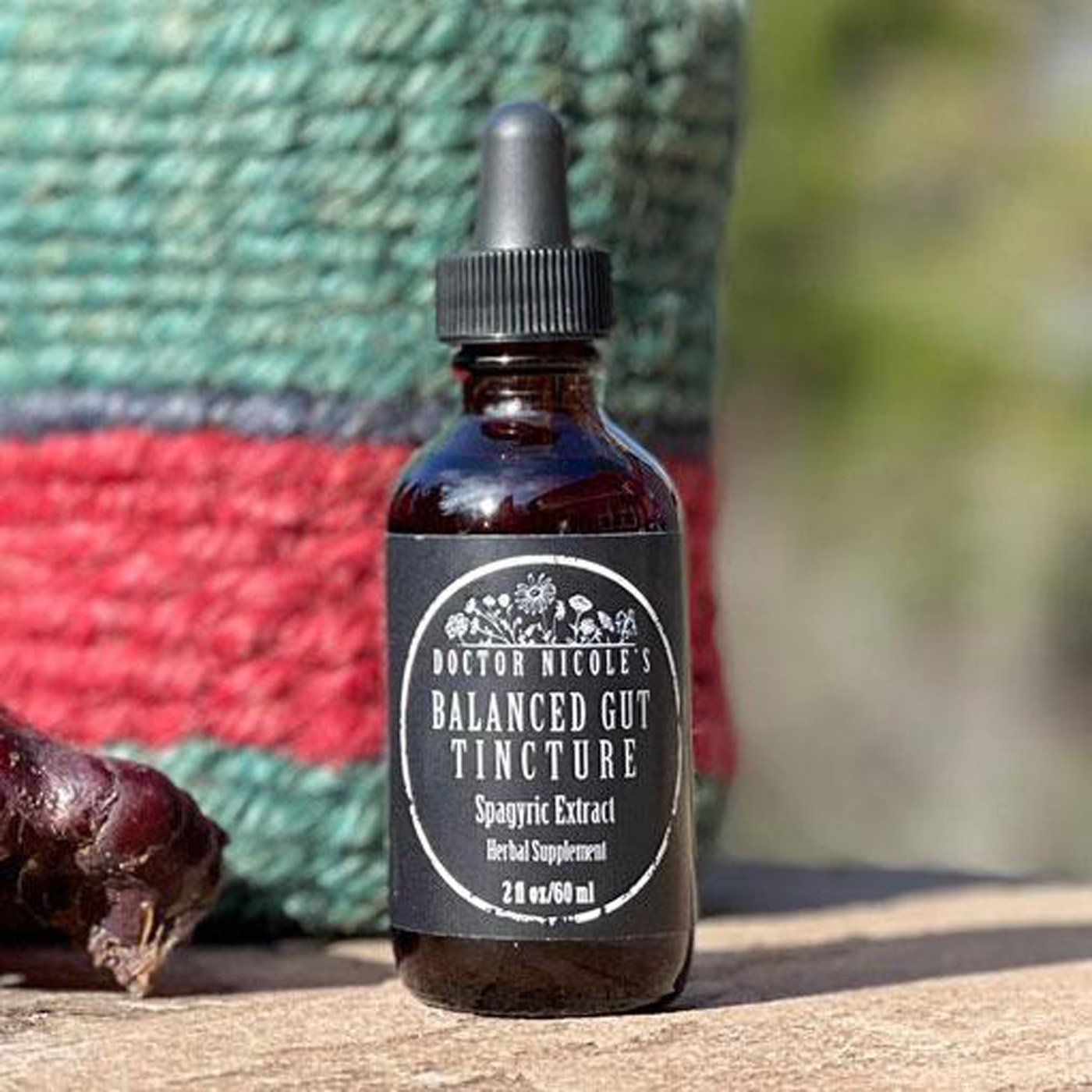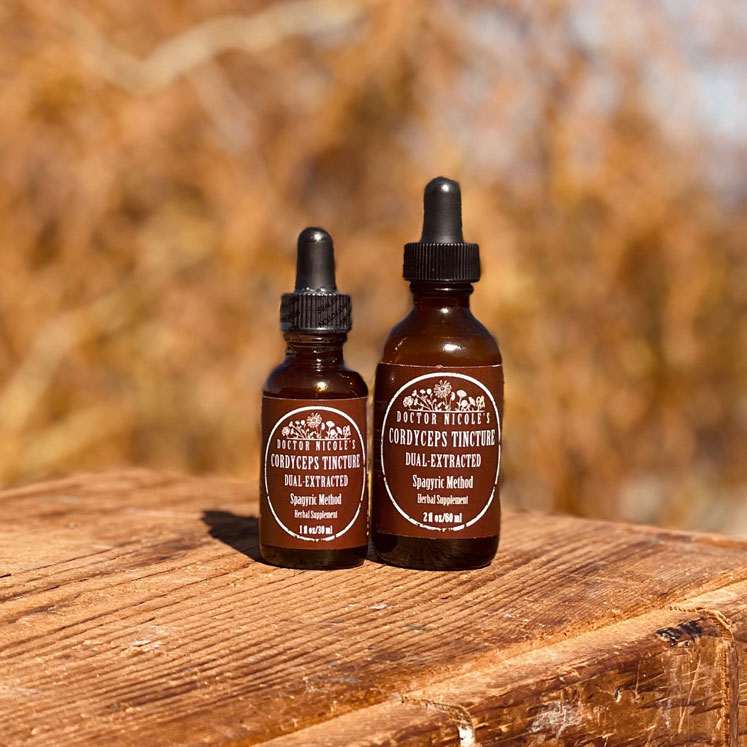Healthy Eating That’s Full of Flavor
If you are interested in health and wellness as I am, you know it can be easy to fall into a rut of healthy but lackluster meals. One way to overcome this is to use a variety of herbs and spices in your cooking, which will not only boost the flavor of your meals but will also increase the nutritional value. Be this as it may, many times I find myself reaching for condiments instead — particularly if I have a jammed packed schedule and need something quick. Interestingly, many are health-enhancing in their own right. Here are a few of my favorite go-to condiments that will elevate your meals to a whole new level of flavor and nutrition.
Sauerkraut, Kimchi, Fermented Pickles. As many of you know, I am an enthusiastic advocate for fertilizing your gut with a variety of beneficial bacteria. And one of the best ways to promote a healthy microbiome is to regularly consume fermented foods such as sauerkraut, kimchi, and pickles. Research has shown these types of food are antioxidant, anti-microbial, anti-allergenic, anti-inflammatory, anti-diabetic, and much more.9 It is important to only consume fermented foods that have not been pasteurized or heated as this will kill the beneficial microbes.
Ready to heal and fertilize your gut for optimal health?
Visit the apothecary and learn about my Balanced Gut Tincture.
Nutritional Yeast. Often used as a vegan substitute for capturing the flavor of cheese, nutritional yeast contains a range of important vitamins, minerals, and antioxidants. It is available as unfortified and fortified. The latter contains synthetic vitamins to increase the nutritional content, so I recommend unfortified as it only has naturally occurring vitamins and minerals. Nutritional yeast is known as an excellent source of B vitamins, including riboflavin, niacin, vitamin B6, folate, and vitamin B12.1 It also contains the trace minerals zinc, selenium, manganese, and molybdenum, which are important for proper metabolism, growth, immunity, and gene regulation.1,2,3
Sea Salt and Himalayan Pink Salt. A high-quality sea salt will add subtle flavor and trace minerals to your meals. It is important to steer clear of refined table salt as it often contains anti-caking chemicals and additives such as MSG, sugar, and aluminum compounds. Table salt is also heavily processed and heated to extreme temperatures, which destroys any nutritional value. On the other hand, sea salt is made by evaporating sea water, so it retains beneficial minerals and trace elements without any additives. Himalayan pink salt is mined from ancient and pristine seabeds. While Himalayan pink salt largely consists of sodium chloride, it also contains 84 minerals and is significantly higher in calcium, iron, potassium, magnesium, and iron compared to table salt. What’s more, Himalayan pink salt contains the trace minerals strontium and molybdenum.4
Miso, Coconut Aminos, Tamari. Miso paste can add a delightfully salty umami flavoring to your food. Just make sure you only use brown rice and soy versions as other grains such as barley contain gluten, which is problematic for those with autoimmune disorders, celiac disease, and other health issues. Coconut aminos are an excellent alternative to soy sauce if you are avoiding gluten and soy. Tamari is another option that is also gluten-free but keep in mind it is made from soy. Choose fermented tamari instead of hydrolyzed and always check the label to confirm it is free of gluten.

Horseradish, Wasabi, Mustard. Horseradish not only packs a spicy-hot flavor, it is also a notable health food in its own right. Research has shown that it’s high in antioxidants that mitigate DNA damage and has strong antimicrobial properties.5,6 As a traditional medicine in Germany, horseradish is used to treat coughs, colds, sinusitis, and bronchitis. Similar to horseradish, wasabi is also a pungent rhizome with a spicy heat, although it has a deeper, more developed flavor and is greenish in color. Powdered wasabi is generally gluten-free, but the paste may contain it so always check the label. While we tend to think of mustard as a common and oftentimes ho-hum condiment, it is actually surprisingly healthy. The seeds of the mustard plant are an outstanding source of glucosinolates, the same compounds found in cruciferous vegetables that may prevent the growth and spread of cancer cells.7 Glucosinolates are also antibacterial, antifungal, anti-inflammatory, and assist with wound healing.8
Recipe. Fire Cider or Horseradish Vinegar. Ingredients: 1⁄2 cup Grated Horseradish, 1⁄2 cup Grated Ginger, 1⁄4 cup Minced Onions, 1⁄4 cup Minced Garlic, 1 Chopped Lemon (rind on), 1 Tbsp Black Peppercorns, 1⁄4 tsp Cayenne Pepper and/or 2 Jalapeno Peppers (depends on your spice level), 1 Tbsp Turmeric Powder, Raw honey to taste. Put all of these into a large quart (liter) glass jar. Fill with organic raw apple cider vinegar. Let sit for 4 to 6 weeks, strain and store. Use within the year. I take it throughout the year for wellness, usually about an ounce at a time.
Common Condiments That May Be Unhealthy
What about your typical condiments such as ketchup, salsa, mayonnaise, hot sauce, relish, salad dressings, BBQ sauce and the like? It depends. Many times, store-bought condiments contain a host of questionable additives, high levels of sugar, and unhealthy oils. The flavor enhancer monosodium glutamate (MSG) is particularly concerning as it has been linked with “hypertension, obesity, gastrointestinal tract troubles, and impairment of function of brain, nervous system, reproductive, and endocrine system”.13
Your best bet is to make your own condiments so that you have full control over the ingredients or find brands that don’t use excessive amounts of sugar or low-quality oils. Several paleo and keto companies offer mayonnaise and salad dressings that use healthy ingredients such as olive and avocado oils with low to no added sugar. These same brands also produce ketchup and BBQ sauce that is free of refined white sugar, artificial preservatives, and other problematic additives. If you are watching your fat intake, keep in mind that mayonnaise and salad dressings generally tend to be rich in fat, so you may be better off making a simple vinaigrette with balsamic, garlic, and dijon mustard or using a lower-fat mayonnaise, depending on the ingredients.
A note about refined vegetable oil. As with any processed food, it’s important to read the label. Often, low-quality oils such as canola, cottonseed, corn, soy, and grapeseed are used for producing condiments. The concern is that a majority of these non-organic crops in the USA are genetically modified11 and have also been heavily sprayed with pesticides — which end up in the oil. Moreover, the oils are highly refined and subjected to high heat that creates rancidity. This oxidation is problematic for health because it leads to damaging free radicals in the body that are associated with higher rates of disease, such as cancer, diabetes, cardiovascular and neurodegenerative disorders, chronic inflammation, rheumatoid arthritis, and more.10 To address the issue of foul-smelling rancid oils, they are then deodorized, which changes the omega-6 fatty acids into trans fats.12 You can learn more about this health-destroying compound in my post, “My Favorite Culinary Oils for Inflammation, Weight Loss, Diabetes, and More”.
Needless to say, the type of oil present in your condiments is important. Unrefined, cold-pressed, and organic oils are safest. Avocado and olive oils are two of my top choices.
Powerful Herbal Medicine for Health and Well-Being
If you feel you need additional support to address poor immune function, a leaky gut, or chronic inflammation, medicinal herbs are a powerful ally! Visit the Apothecary today and learn more about my Eastern Blend, Balanced Gut, Reishi, and Cordyceps tinctures.
Here’s to your health!
Nicole Apelian
Nicole’s Apothecary Products in this Post
References
-
“Nutritional Yeast Seasoning, Nutritional Yeast”, U.S. Department of Agriculture. 12/1/2021. https://fdc.nal.usda.gov/fdc-app.html#/food-details/2194488/nutrients
-
Hennigar, S. R., & McClung, J. P. (2016). Nutritional Immunity: Starving Pathogens of Trace Minerals. American journal of lifestyle medicine, 10(3), 170–173. https://doi.org/10.1177/1559827616629117. https://pubmed.ncbi.nlm.nih.gov/30202269/.
-
Tako E. (2019). Dietary Trace Minerals. Nutrients, 11(11), 2823. https://doi.org/10.3390/nu11112823. https://pubmed.ncbi.nlm.nih.gov/31752257/
-
Maryanne Drake, S.L. Drake. Comparison of salty taste and time intensity of sea and land salts from around the world. November 2010. Journal of Sensory Studies 26(1):25 – 34
DOI:10.1111/j.1745-459X.2010.00317.x. https://www.researchgate.net/publication/230222395_Comparison_of_salty_taste_and_time_intensity_of_sea_and_land_salts_from_around_the_world -
Hudecova, A., Hasplova, K., Kellovska, L., Ikreniova, M., Miadokova, E., Galova, E., Horvathova, E., Vaculcikova, D., Gregan, F., & Dusinska, M. (2012). Gentiana asclepiadea and Armoracia rusticana can modulate the adaptive response induced by zeocin in human lymphocytes. Neoplasma, 59(1), 62–69. https://doi.org/10.4149/neo_2012_01_008. https://pubmed.ncbi.nlm.nih.gov/22103898/
-
Delaquis, P., Ward, S., Holley, R., Cliff, M., & Mazza, G. (0000). Microbiological, chemical and sensory properties of pre-cooked roast beef preserved with horseradish essential oil. Journal of food science, 64, 519-524. doi: 10.1111/j.1365-2621.1999.tb15075.x. https://pubag.nal.usda.gov/catalog/1396836
-
de Figueiredo, S. M., Filho, S. A., Nogueira-Machado, J. A., & Caligiorne, R. B. (2013). The anti-oxidant properties of isothiocyanates: a review. Recent patents on endocrine, metabolic & immune drug discovery, 7(3), 213–225. https://doi.org/10.2174/18722148113079990011. https://pubmed.ncbi.nlm.nih.gov/23978168/
-
Mazumder, A., Dwivedi, A., & du Plessis, J. (2016). Sinigrin and Its Therapeutic Benefits. Molecules (Basel, Switzerland), 21(4), 416. https://doi.org/10.3390/molecules21040416. https://pubmed.ncbi.nlm.nih.gov/27043505/
-
Şanlier, N., Gökcen, B. B., & Sezgin, A. C. (2019). Health benefits of fermented foods. Critical reviews in food science and nutrition, 59(3), 506–527. https://doi.org/10.1080/10408398.2017.1383355. https://pubmed.ncbi.nlm.nih.gov/28945458/
-
Dröge W. (2002). Free radicals in the physiological control of cell function. Physiological reviews, 82(1), 47–95. https://doi.org/10.1152/physrev.00018.2001. https://pubmed.ncbi.nlm.nih.gov/11773609/
-
Séralini, GE., Mesnage, R., Clair, E. et al. Genetically modified crops safety assessments: present limits and possible improvements. Environ Sci Eur 23, 10 (2011). https://doi.org/10.1186/2190-4715-23-10. https://link.springer.com/article/10.1186/2190-4715-23-10#citeas
-
Levels of trans geometrical isomers of essential fatty acids in some unhydrogenated U. S. vegetable oils. J Food Lipid 1:165-176. May 2007Journal of Food Lipids 1(3):165 – 176. DOI:10.1111/j.1745-4522.1994.tb00244.x. https://www.researchgate.net/publication/229765166_Levels_of_trans_geometrical_isomers_of_essential_fatty_acids_in_some_unhydrogenated_U_S_vegetable_oils_J_Food_Lipid_1165-176
-
Chakraborty S. P. (2019). Patho-physiological and toxicological aspects of monosodium glutamate. Toxicology mechanisms and methods, 29(6), 389–396. https://doi.org/10.1080/15376516.2018.1528649. https://pubmed.ncbi.nlm.nih.gov/30273089/








